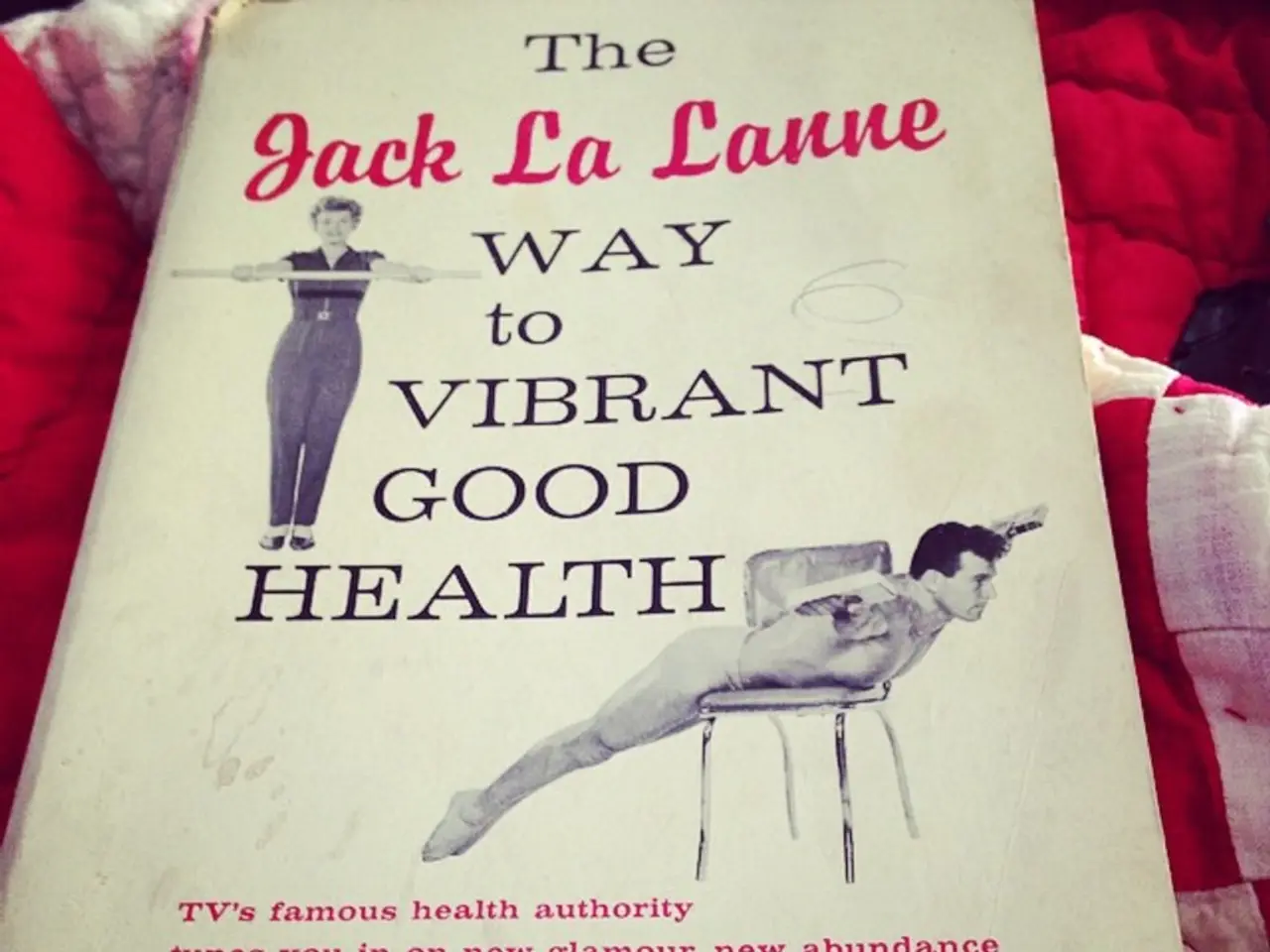Indoor and Outdoor Environments Equally Prone to Hypothermia
Hypothermia: Understanding the Risks Beyond Cold Weather
Hypothermia, a potentially life-threatening condition characterized by abnormally low body temperature, is often associated with cold weather. However, it can occur at room temperature under certain conditions, and understanding the risks beyond cold exposure is crucial.
Risk Factors Beyond Cold
Beyond exposure to cold temperatures, additional risk factors for hypothermia include medical and surgical conditions affecting heat production and retention, impaired physiological responses, prolonged immobility or unconsciousness, and environmental factors like cold water immersion.
Medical conditions and physiological factors such as impaired thermoregulation, anesthesia-induced vasodilation during surgery, impaired coagulation, and suppressed immune function can increase the risk of hypothermia. For example, perioperative hypothermia often results from anesthetic effects, cool environments, and unheated IV fluids.
Prolonged immobility or unconsciousness, common in drowning victims or patients with cardiac arrest, can also lead to hypothermia. In these cases, hypothermia may indicate prolonged submersion and delayed rescue.
Impaired metabolic responses, such as decreased metabolic rate seen in ischemic stroke treatment where hypothermia is intentionally induced, show how reduced heat production contributes to low body temperature.
Environmental exposures beyond just low air temperature, like sudden immersion in cold water, trigger physiological shock responses that can rapidly induce hypothermia.
Coagulation abnormalities triggered when core body temperature falls below 33°C affect the body's ability to respond to bleeding and injury and potentially worsen hypothermia effects.
Symptoms of Hypothermia
In infants and children, cold, bright red skin is a symptom of hypothermia. Adults, on the other hand, may experience symptoms such as exhaustion, feeling very tired, memory loss, confusion, low energy, drowsiness, slurred speech, and fumbling hands. Shivering is an early sign of hypothermia in adults.
Prevention and Treatment
Hypothermia is a medical emergency and can be fatal. Thousands of people die each year in the United States from hypothermia, and many of those deaths are preventable. To treat hypothermia, call 911 first, then remove wet clothing and begin rewarming the body with warm blankets.
People who remain outdoors for long periods, those who don't have basic shelter, those who participate in outdoor work or sports, those who are mentally ill, and people dependent on drugs and alcohol are also at greater risk. Children tend to lose heat from their bodies faster than adults and may not be aware of symptoms.
It's important to note that hypothermia can happen indoors in as little as 10 or 15 minutes if the temperature settings are cold enough. Older adults, young children, and people with inadequate heat, food, and clothing are at greater risk of getting hypothermia. Age, medical conditions, medication, dehydration, strenuous outdoor activities, alcohol or drug use can increase the risk of hypothermia.
In summary, risk factors beyond cold include medical and surgical conditions affecting heat production and retention, impaired physiological responses, prolonged immobility or unconsciousness, and environmental factors like cold water immersion that compound the risk and complexity of hypothermia beyond simple cold exposure.
- Bearing in mind the risks extends beyond cold weather, understanding the complexities of hypothermia is essential.
- Some medical and surgical conditions, like anesthesia-induced vasodilation, can lead to decreased heat retention and increased susceptibility.
- Environmental factors like cold water immersion can rapidly induce hypothermia due to the sudden physiological shock response.
- Reduced metabolic rate resulting from conditions such as ischemic stroke treatment contributes to hypothermia by reducing heat production.
- Coagulation abnormalities caused by falling core body temperatures can worsen the effects of hypothermia by affecting the body's ability to stop bleeding.
- In addition to cold weather, other risk factors for hypothermia include impaired physiological responses and prolonged immobility or unconsciousness.
- In infants and children, cold, bright red skin is a symptom of hypothermia; adults, however, may experience exhaustion, memory loss, confusion, and slurred speech.
- Thousands of people die from hypothermia each year in the United States, many of which could have been prevented with proper awareness and precautions.
- The elderly, children, and those with inadequate heat, food, and clothing are at greater risk of hypothermia, especially in indoor environments with low temperature settings.
- Alcohol or drug use, strenuous outdoor activities, and certain medications can increase the risk of hypothermia, making certain populations more susceptible than others.
- Therapies and treatments like intentionally induced hypothermia in ischemic stroke treatment can also contribute to hypothermia, showcasing its multifaceted nature.
- Skin-care routines play a crucial role in overall health and wellness, ensuring proper protection and maintenance against cold and other environmental factors.
- Mental health, especially that of men, is an important aspect of personal growth and career development, and poor mental health can make individuals more susceptible to the effects of hypothermia.
- Environmental science plays a key role in understanding and addressing climate change, which affects not only the risk of hypothermia but also overall health and wellness worldwide.




